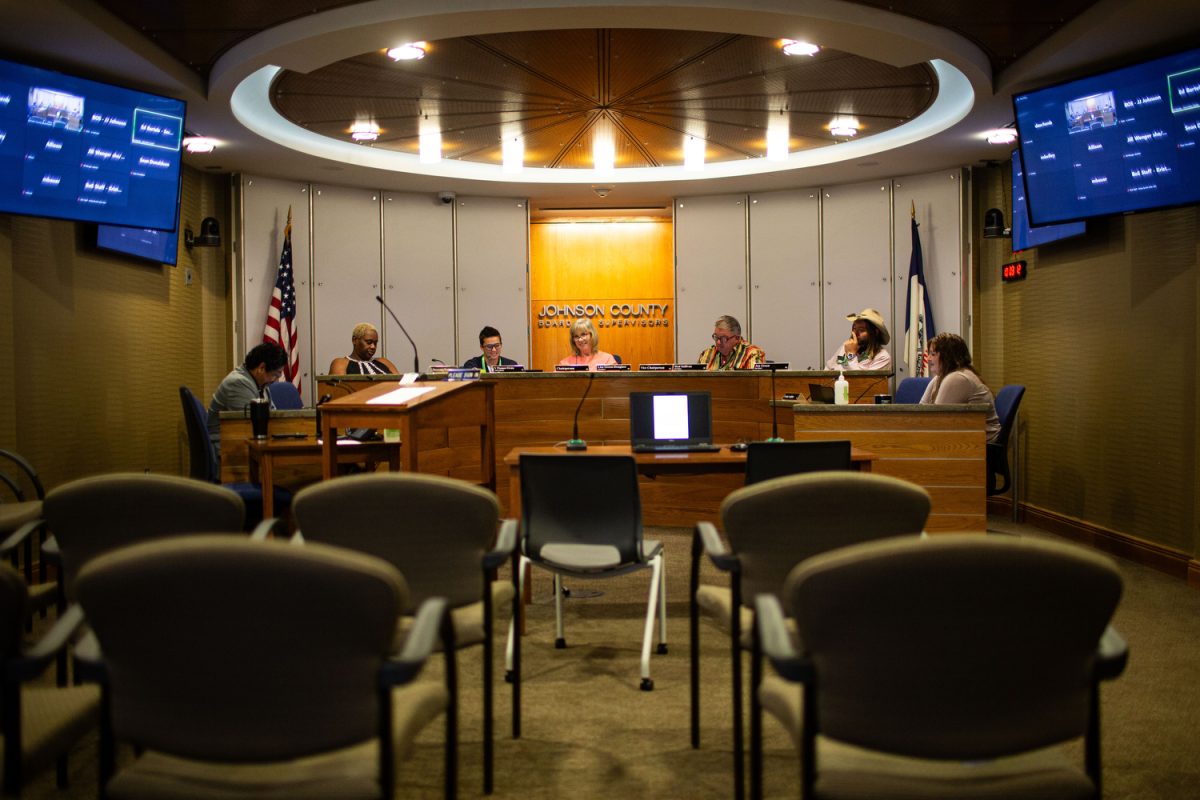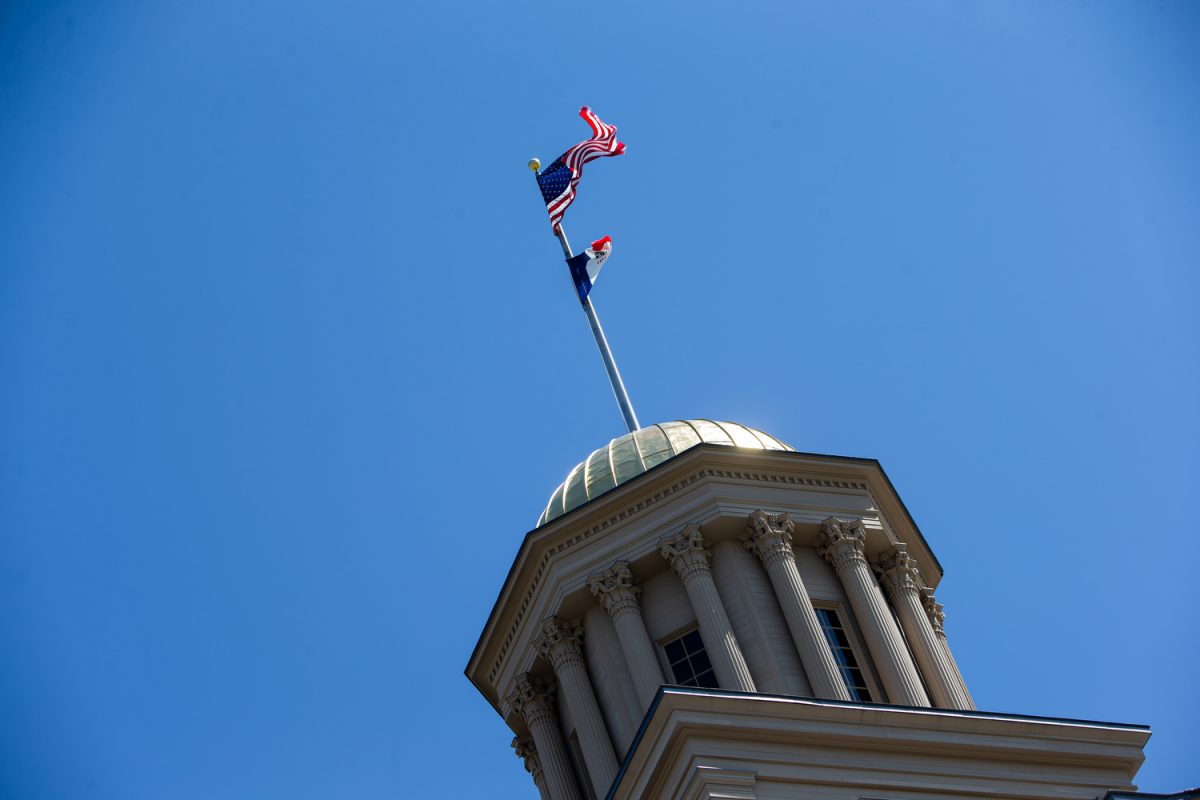Daffodils have bloomed, and white apple blossoms dot the meadows at the local Wilson’s Apple Orchard. Typically, these harbingers of spring make their appearance in April — but warm weather has brought them out a month early this year.
Local growers are now worried a frost would wreak havoc.
"We’re taking good care of the buds and just trying to keep them healthy," said Paul Rasch, the owner of Wilson’s Apple Orchard. "What can you do? It’s just the game of being a fruit farmer."
The mild winter and warm spring has triggered early blooming for fruit farmers and gardeners alongside difficult planting decisions for row-crop farmers. March 2012’s average temperature through Monday was 52.1 degrees, making it the warmest March on record at 14.6 degrees above seasonal averages. The next-warmest March was 47.8 degrees in 1945, according to the National Weather Service.
"The problem is that we’re a month early [for blooming]," Rasch said. "Just the time we have to worry about frost is a lot longer, but so far, we’ve been lucky."
Rasch said at the early blossoming stages, he could lose 10 percent of his crop if the temperature reaches 28 degrees. If it drops down to 25 degrees, the pistils — the reproductive organ of a flower — will freeze, and he could lose 90 percent of his crop.
Apple trees normally bloom in the third week of April to early May.
"This week will tell us how many fruit we’re going to be allowed to have this year, and the weeks after that will tell us whether we can keep them or not," Rasch said.
The last spring frost date for the Cedar Rapids area is April 25, according to the Farmers’ Almanac.
Lucy Hershberger, one of the owners of Forever Green garden center in Coralville, said the blooming is beyond anyone’s control.
"In all honestly, there isn’t a lot we can do about it," she said. "We can’t really stop it. We’re finding that even things that were well mulched are still starting to grow because the ground is so warm."
Forsythias and red buds are blooming a month in advance, she said.
"It’s because it was so hot with the 70- and 80-degree temperatures that they popped the bud," Hershberger said. "They popped faster than they normally would. Everything opened up all of the sudden."
But some farmers are facing challenges with the early warm weather.
Jim Dane, the owner of Haldane Farms in Iowa City, is anxious to get his crops in the ground with the warm weather — but the risks are too high to plant, he said.
"If we planted seed corn now, they would grow vigorously," Dane said. "And I can just imagine seeing waist-high corn by the 15th of May and then having a cold snap come along and just kill every single plant. We have to put some reason into what we do."
The National Crop Insurance program insures farmers’ crops if they become damaged by drought, excessive moisture, freezing or disease, but only if the farmer plants after April 11.
Jim Fawcett, an Iowa State University Extension field agronomist, said planting earlier than normal — usually between April 15 and 20 — is risky because of seed costs. Corn seed alone, he said, costs $120 per acre plus the cost of replanting.
For now, Hershberger said, farmers and growers can only wait.
"Nobody knows what’s going to happen because it’s never happened before," Hershberger said. "I’m 50, and I’ve been in the business for 30 years. We will just have to wait and see."






